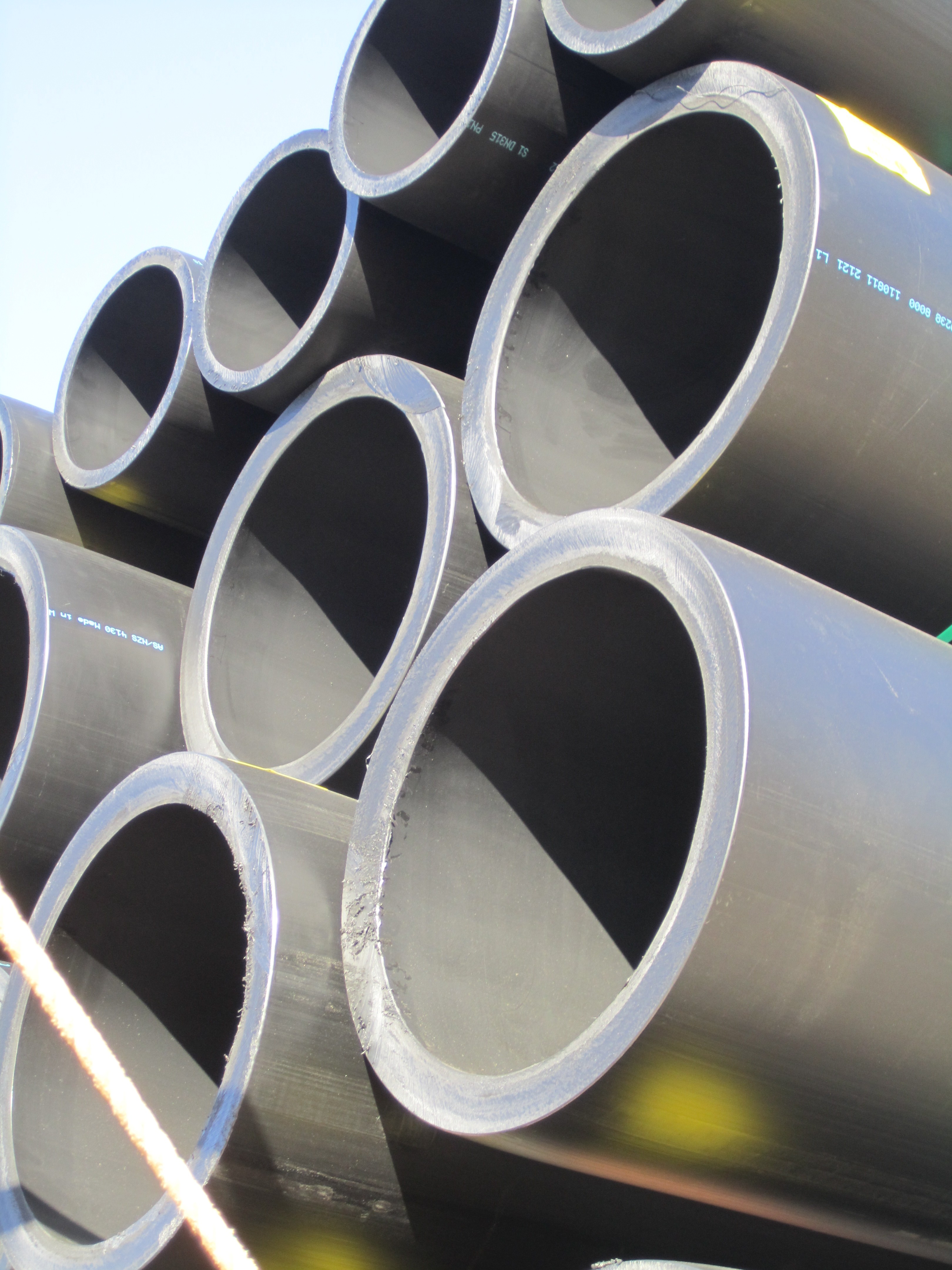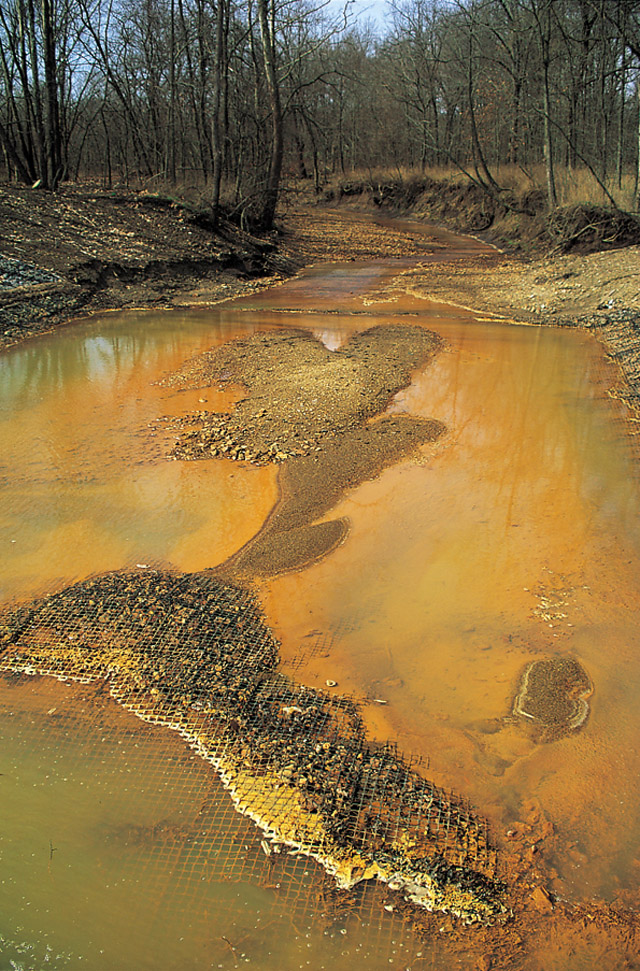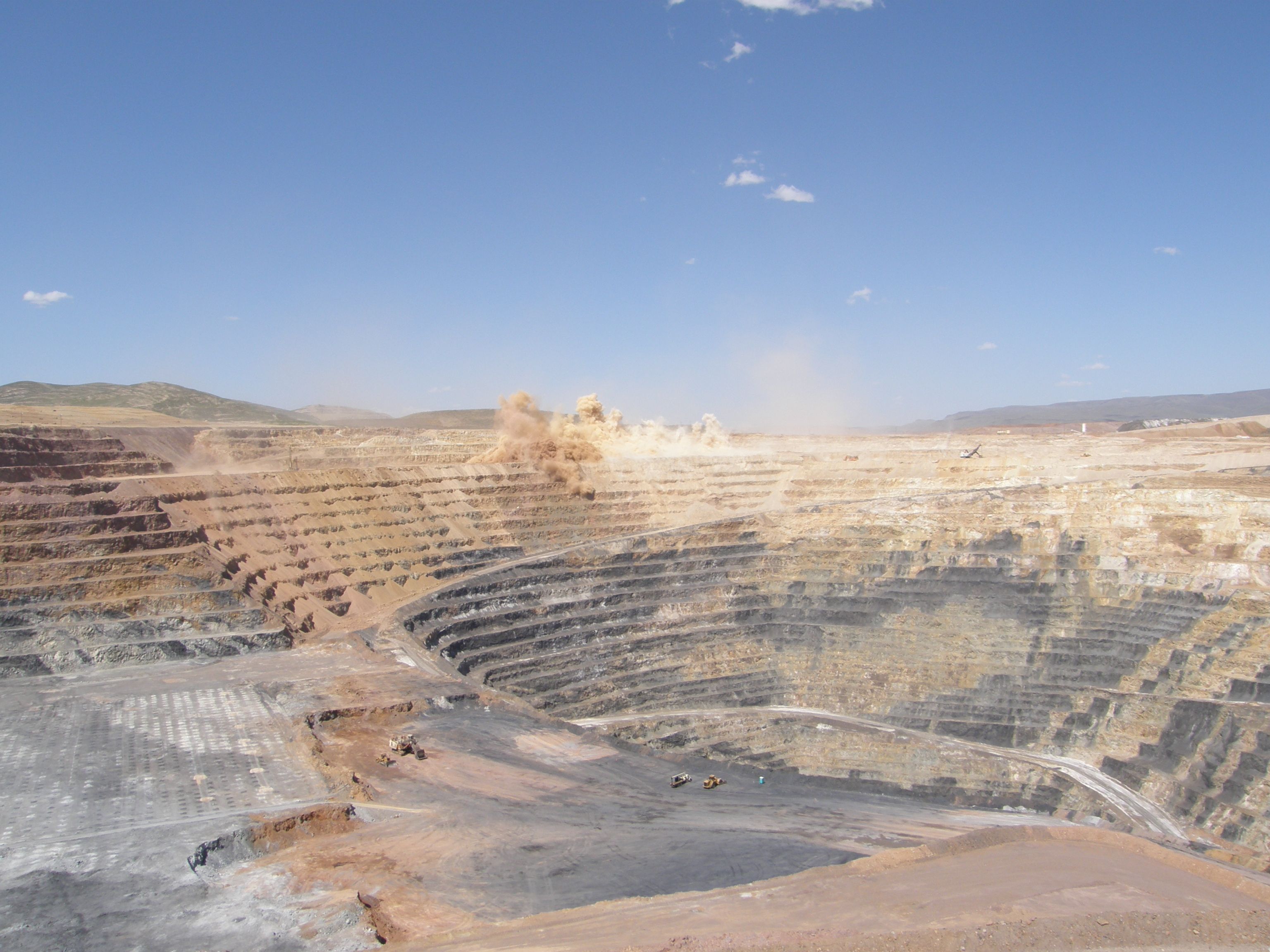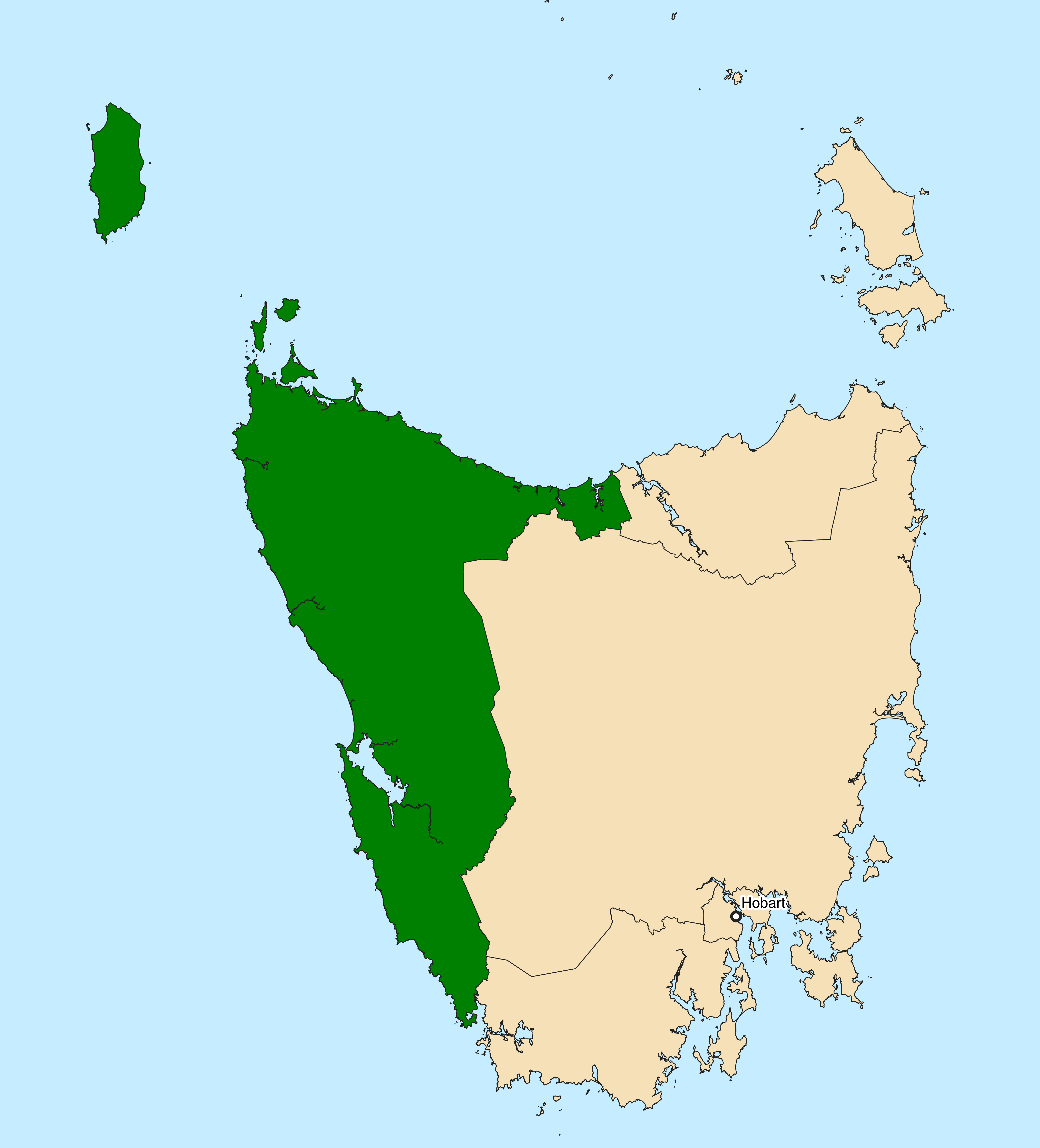|
Savage River, Tasmania
Savage River is a small Australian mining village located on the West Coast, Tasmania, west coast of Tasmania. History Government surveyor Charles Sprent discovered Savage River's iron ore deposits in 1877, however the minerals were left untouched for nearly a century due to the difficulty in extracting iron from the low-quality ore. Several surveys were conducted in the interim including one in 1926 by Australian Iron & Steel. The township at Savage River was constructed from 1965 to 1967 when Roy Hudson's Industrial and Mining Investigations Pty Ltd received backing to construct a mining in the area.Travel: Savage River ''Sydney Morning Herald'', 14 January 2008. Savage River Post Office opened on 23 November 1967. Mining operations The Savage ...[...More Info...] [...Related Items...] OR: [Wikipedia] [Google] [Baidu] |
Sydney Morning Herald
''The Sydney Morning Herald'' (''SMH'') is a daily tabloid newspaper published in Sydney, Australia, and owned by Nine Entertainment. Founded in 1831 as the ''Sydney Herald'', the ''Herald'' is the oldest continuously published newspaper in Australia and claims to be the most widely read masthead in the country. It is considered a newspaper of record for Australia. The newspaper is published in compact print form from Monday to Saturday as ''The Sydney Morning Herald'' and on Sunday as its sister newspaper, '' The Sun-Herald'' and digitally as an online site and app, seven days a week. The print edition of ''The Sydney Morning Herald'' is available for purchase from many retail outlets throughout the Sydney metropolitan area, most parts of regional New South Wales, the Australian Capital Territory and South East Queensland. Overview ''The Sydney Morning Herald'' publishes a variety of supplements, including the magazines ''Good Weekend'' (included in the Saturday editi ... [...More Info...] [...Related Items...] OR: [Wikipedia] [Google] [Baidu] |
Port Latta, Tasmania
Port Latta is a locality in North West Tasmania North West Tasmania is one of the regions of Tasmania in Australia. The region comprises the whole of the north west, including the ''North West Coast'' and the northern reaches of the ''West Coast''. It is usually accepted as extending as fa ..., with a processing plant and port used to export iron ore from the Savage River mine. Ore is transported from mine to port by a slurry pipeline, which is 85 km long and paralleled by Pipeline Road. After de-watering, the ore is loaded onto ships via conveyor belts. The capacity of the mine, pipeline and conveyor belt is about 2.4MTpa. The mine and port opened in 1967, and was still operating in 2021 with an expected life of mine to 2035 as per their 2020 yearly report. References [...More Info...] [...Related Items...] OR: [Wikipedia] [Google] [Baidu] |
Slurry Pipeline
A slurry pipeline is a specially engineered pipeline used to move ores, such as coal or iron, or mining waste, called tailings, over long distances. A mixture of the ore concentrate and water, called slurry, is pumped to its destination and the water is filtered out. Due to the abrasive properties of slurry, the pipelines can be lined with high-density polyethylene (HDPE), or manufactured completely from HDPE Pipe, although this requires a very thick pipe wall. Slurry pipelines are used as an alternative to railroad transportation when mines are located in remote, inaccessible areas. Canadian researchers at the University of Alberta are investigating the use of slurry pipelines to move agricultural and forestry wastes from dispersed sources to centralized biofuel plants. Over distances of 100 kilometres pipeline transport of biomass can be viable provided it is used in processes that can accept very wet feedstocks such as hydrothermal liquefaction or ethanol fermentation. Compared ... [...More Info...] [...Related Items...] OR: [Wikipedia] [Google] [Baidu] |
Magnetite
Magnetite is a mineral and one of the main iron ores, with the chemical formula . It is one of the iron oxide, oxides of iron, and is ferrimagnetism, ferrimagnetic; it is attracted to a magnet and can be magnetization, magnetized to become a permanent magnet itself. With the exception of extremely rare native iron deposits, it is the most magnetic of all the naturally occurring minerals on Earth. Naturally magnetized pieces of magnetite, called lodestone, will attract small pieces of iron, which is how ancient peoples first discovered the property of magnetism. Magnetite is black or brownish-black with a metallic luster, has a Mohs scale of mineral hardness, Mohs hardness of 5–6 and leaves a black streak (mineralogy), streak. Small grains of magnetite are very common in igneous rocks, igneous and metamorphic rocks. The chemical IUPAC name is iron(II,III) oxide and the common chemical name is ''ferrous-ferric oxide''. Properties In addition to igneous rocks, magnetite als ... [...More Info...] [...Related Items...] OR: [Wikipedia] [Google] [Baidu] |
Tailings
In mining, tailings or tails are the materials left over after the process of separating the valuable fraction from the uneconomic fraction (gangue) of an ore. Tailings are different from overburden, which is the waste rock or other material that overlies an ore or mineral body and is displaced during mining without being processed. Waste valorization is the evaluation of waste and residues from an economic process in order to determine their value in reuse or recycling, as what was gangue at the time of separation may increase with time or more sophisticated recovery processes. The extraction of minerals from ore can be done two ways: placer mining, which uses water and gravity to concentrate the valuable minerals, or hard rock mining, which pulverizes the rock containing the ore and then relies on chemical reactions to concentrate the sought-after material. In the latter, the extraction of minerals from ore requires comminution, i.e., grinding the ore into fine partic ... [...More Info...] [...Related Items...] OR: [Wikipedia] [Google] [Baidu] |
Iron Ore
Iron ores are rocks and minerals from which metallic iron can be economically extracted. The ores are usually rich in iron oxides and vary in color from dark grey, bright yellow, or deep purple to rusty red. The iron is usually found in the form of magnetite (, 72.4% Fe), hematite (, 69.9% Fe), goethite (, 62.9% Fe), limonite (, 55% Fe), or siderite (, 48.2% Fe). Ores containing very high quantities of hematite or magnetite (typically greater than about 60% iron) are known as natural ore or irect shipping ore and can be fed directly into iron-making blast furnaces. Iron ore is the raw material used to make pig iron, which is one of the main raw materials to make steel — 98% of the mined iron ore is used to make steel. In 2011 the ''Financial Times'' quoted Christopher LaFemina, mining analyst at Barclays Capital, saying that iron ore is "more integral to the global economy than any other commodity, except perhaps oil". Sources Elemental iron is virtually absent o ... [...More Info...] [...Related Items...] OR: [Wikipedia] [Google] [Baidu] |
Open-pit Mining
Open-pit mining, also known as open-cast or open-cut mining and in larger contexts mega-mining, is a surface mining technique that extracts rock (geology), rock or minerals from the earth. Open-pit mines are used when deposits of commercially useful ore or rocks are found near the surface where the overburden is relatively thin. In contrast, deeper mineral deposits can be reached using underground mining. Open-pit mining is considered one of the most dangerous industrial sector, sectors in the industrial world. It causes significant effects to miners' health, as well as damage to the ecological land and water. Open-pit mining causes changes to vegetation, soil, and bedrock, which ultimately contributes to changes in surface hydrology, groundwater levels, and flow paths. Additionally, open-pit produces harmful pollutants depending on the type of mineral being mined, and the type of mining process being used. Extraction Miners typically drill a series of test holes to locate ... [...More Info...] [...Related Items...] OR: [Wikipedia] [Google] [Baidu] |
Australian Iron & Steel
Australian Iron & Steel was an Australian iron and steel manufacturer. History Public company (1928-1935) Australian Iron & Steel (AI&S) was established in 1928 to take over the business of Hoskins Iron & Steel. That company had already commenced the work to replace its two blast furnaces at Lithgow with a new one at Port Kembla. However, it needed more funding to relocate its steelmaking and rolling operations to the coast at Port Kembla. The ordinary shares in the new company were held by the former shareholders of Hoskins Iron and Steel (the Hoskins family), Dorman Long and Baldwins Ltd (two British companies) and Howard Smith Limited (an Australian coal and shipping company). There were also preference shareholders, who received preference shares paying 7.5%. Only Howard Smith and the preference shareholders paid cash for their shares. Hoskins and Dorman Long received their shares in exchange for assets that they contributed to the new company. Baldwins received their ... [...More Info...] [...Related Items...] OR: [Wikipedia] [Google] [Baidu] |
Division Of Braddon (state)
The electoral division of Braddon (named Darwin until 1955) is one of the Tasmanian House of Assembly electoral divisions, five electorates in the Tasmanian House of Assembly, it includes North West Tasmania, north-west and western Tasmania as well as King Island (Tasmania), King Island. Braddon takes its name from the former Premier of Tasmania, Edward Braddon, Sir Edward Braddon. The division shares its name and boundaries with the Division of Braddon, federal division of Braddon. Braddon and the other House of Assembly electoral divisions are each represented by seven members elected under the Hare-Clark electoral system. History and electoral profile Prior to 1955, the electorate was known as Darwin. The electoral constituency includes; King Island (Tasmania), King Island, the North-west towns of Devonport, Tasmania, Devonport, Burnie, Tasmania, Burnie, Wynyard, Tasmania, Wynyard, Ulverstone, Tasmania, Ulverstone, Penguin, Tasmania, Penguin, and Smithton, Tasmania, Smitht ... [...More Info...] [...Related Items...] OR: [Wikipedia] [Google] [Baidu] |
Tasmania
Tasmania (; palawa kani: ''Lutruwita'') is an island States and territories of Australia, state of Australia. It is located to the south of the Mainland Australia, Australian mainland, and is separated from it by the Bass Strait. The state encompasses the main island of Tasmania, the List of islands by area#Islands, 26th-largest island in the world, and the List of islands of Tasmania, surrounding 1000 islands. It is Australia's smallest and least populous state, with 573,479 residents . The List of Australian capital cities, state capital and largest city is Hobart, with around 40% of the population living in the Greater Hobart area. Estimated resident population, 30 June 2017. Tasmania is the most decentralised state in Australia, with the lowest proportion of its residents living within its capital city. Tasmania's main island was first inhabited by Aboriginal Australians, Aboriginal peoples, who today generally identify as Palawa or Pakana. It is believed that Abori ... [...More Info...] [...Related Items...] OR: [Wikipedia] [Google] [Baidu] |
West Coast, Tasmania
The West Coast of Tasmania is one of the regions of Tasmania in Australia. It is mainly isolated rough country and is associated with wilderness, mining and tourism. It served as the location of an early convict settlement in the early history of Van Diemen's Land, and contrasts sharply with the more developed and populous northern and eastern parts of the island state. Climate The west coast has a much cooler and wetter climate when compared to the east coast. Frequent low pressure systems hit the west coast causing heavy rain, snow, and ice. The West Coast Range blocks these systems from impacting the east, therefore making the West Coast a rain catchment with some areas receiving over of rain a year. In winter temperatures at sea level hover around , and when not raining, morning frost is common. The temperatures are much lower inland from the coast with maximums in winter often failing to surpass . Typically, the snow line in winter is around 900 metres (3000 ft), h ... [...More Info...] [...Related Items...] OR: [Wikipedia] [Google] [Baidu] |







